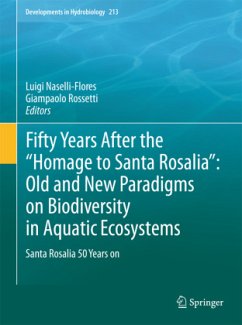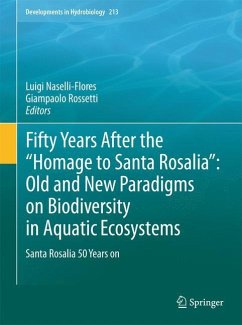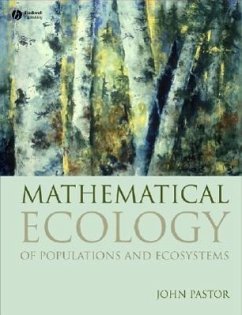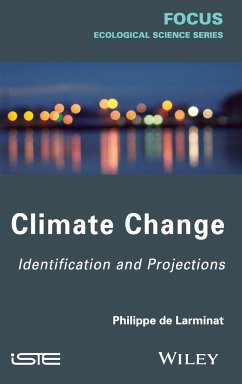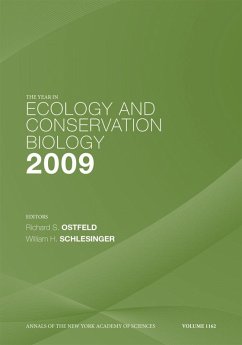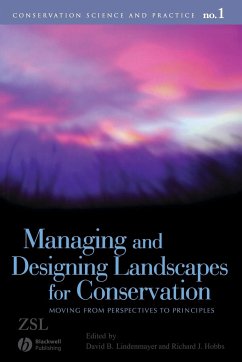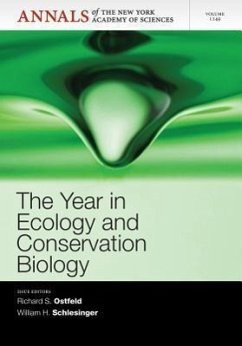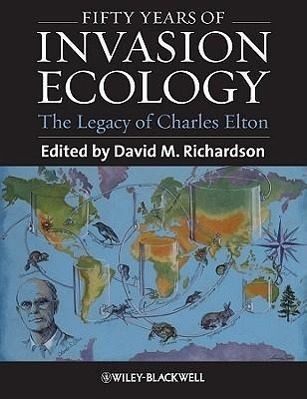
Fifty Years of Invasion Ecology
The Legacy of Charles Elton
Herausgeber: Richardson, David M
Versandkostenfrei!
Versandfertig in über 4 Wochen
143,99 €
inkl. MwSt.
Weitere Ausgaben:

PAYBACK Punkte
72 °P sammeln!
Invasion ecology is the study of the causes and consequences of the introduction of organisms to areas outside their native range. Interest in this field has exploded in the past few decades. Explaining why and how organisms are moved around the world, how and why some become established and invade, and how best to manage invasive species in the face of global change are all crucial issues that interest biogeographers, ecologists and environmental managers in all parts of the world. This book brings together the insights of more than 50 authors to examine the origins, foundations, curren...
Invasion ecology is the study of the causes and consequences of the introduction of organisms to areas outside their native range. Interest in this field has exploded in the past few decades. Explaining why and how organisms are moved around the world, how and why some become established and invade, and how best to manage invasive species in the face of global change are all crucial issues that interest biogeographers, ecologists and environmental managers in all parts of the world. This book brings together the insights of more than 50 authors to examine the origins, foundations, current dimensions and potential trajectories of invasion ecology. It revisits key tenets of the foundations of invasion ecology, including contributions of pioneering naturalists of the 19th century, including Charles Darwin and British ecologist Charles Elton, whose 1958 monograph on invasive species is widely acknowledged as having focussed scientific attention on biological invasions.




